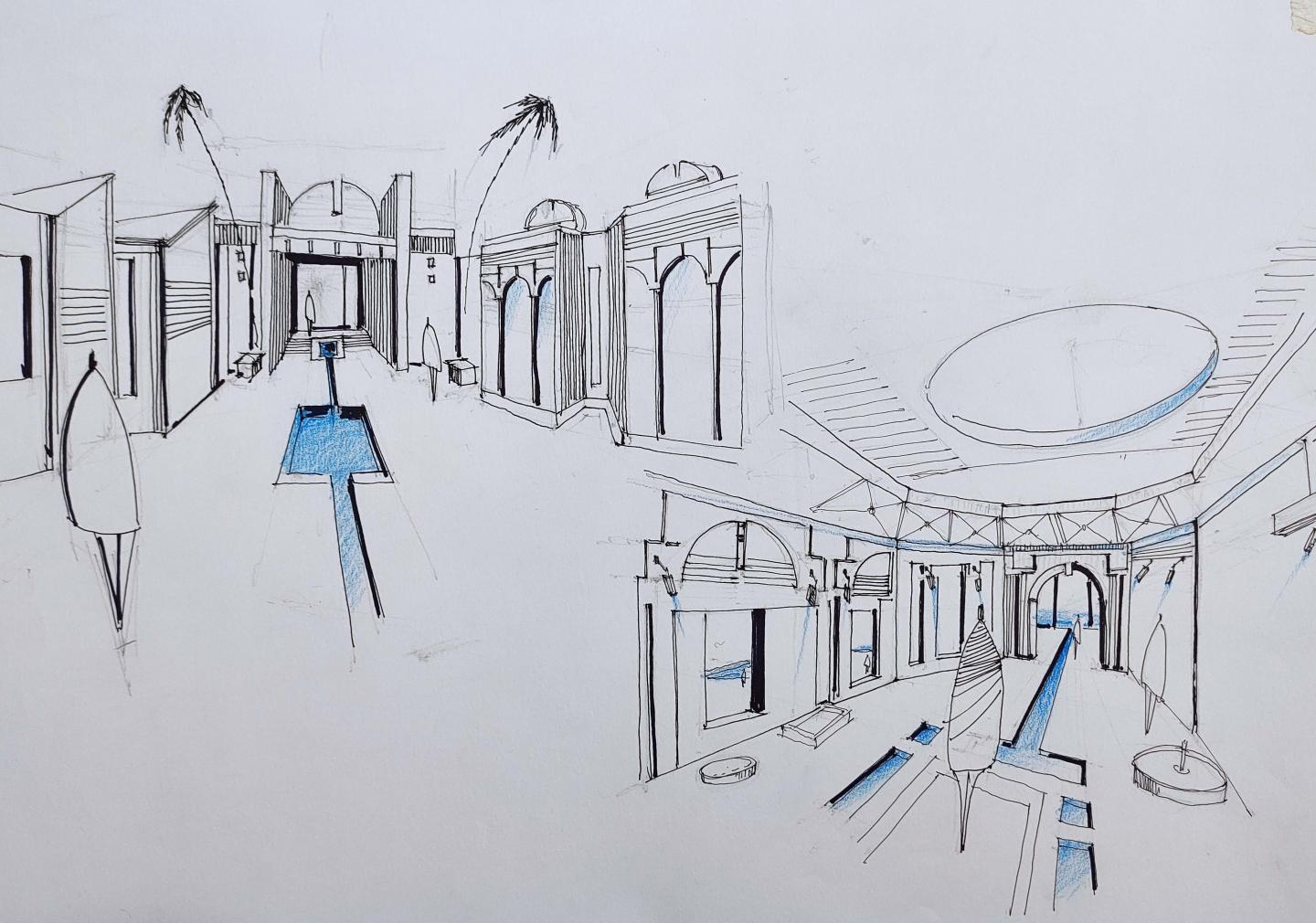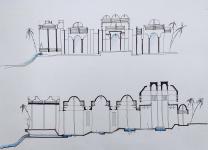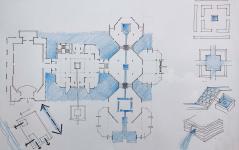All museums whose collections have been formulated and presented from a historical point of view are considered historical museums, and their purpose is essentially to document a chronological sequence of a series of events or a complex representing a moment by moment. The most modern of these museums show the entire history of a country, a region, or a city (along with its natural history or geography from its inception to the present day, without ignoring realistic perspectives on growth, such as access to urban growth. They combine art, use a variety of audio-visual aids, and devote much of their space to written documents, reconstructions and climatic models, and maps, often in the ancient building itself, a historical symbol. Other types of historical museums include museums located in archeological sites, museums located in a historical monument or on a battlefield, as well as museums commemorating personalities.
These museums usually have an educational aspect and include reconstructions and models. Repositories and study halls occupy a large space in this building, because the scope of the subjects is such that the knowledge about them is constantly evolving.
If the buildings separate us from nature in order to protect us from some natural factors on the one hand, and on the other hand, they are more human in their place, and if this feature causes our body to be in a secondary and alien form. Although it was desirable in our opinion, but it has a cold and artificial quality. This is where the element of water, with its sensitive role, connects us to nature again.
The variety of water features, fountains, and streams connect and reflect architectural subtleties like the links in a chain in a communication network, as if they are a bridge between the parts created by the architecture that creates them. Is.
Throughout history, our architects have incorporated water into their collections and used a treasure trove of physical, religious, and mythological features to enhance their architecture. Before the advent of Islam in Iran, architecture announced its presence along the water and in the skirts of nature without disturbing it. The role of water was more of an abstract role. Temples (temples of Anahita and fire temples) were formed next to the water and finally respect for the existence of water. It is as if water is the passage of man to enter another world, a purer world through which the body is unable to pass. Water and fire stood side by side peacefully and celebrated their union. Water and fire are contradictory metaphors and, together with earth and wind, are the constituent elements of the universe. Water and fire are necessary for each other to survive.
2016
0000
Location: Afghanistan, Kabul
The Water Museum Gallery was designed to preserve the high value of water in the culture of this region and the architectural and cultural elements of the region were used in its design.
The building is built on one floor with arches and rafters on the roof, which is executed in a traditional way.
Jim Sozooko




